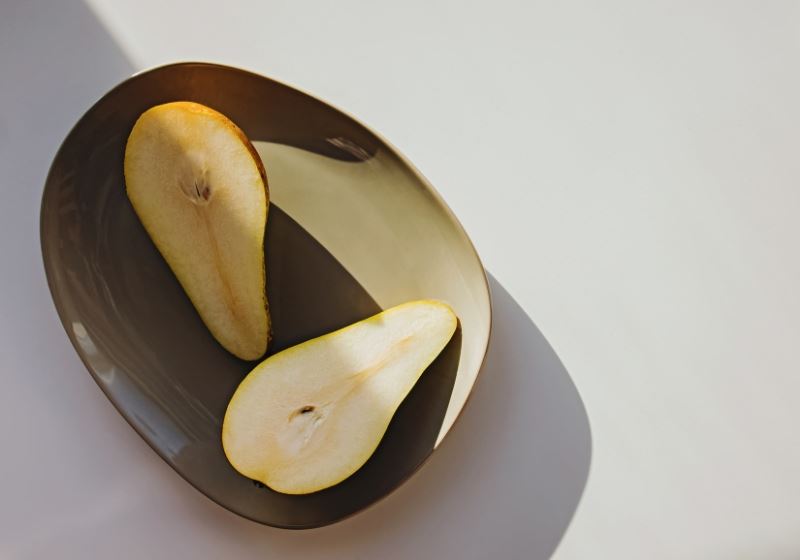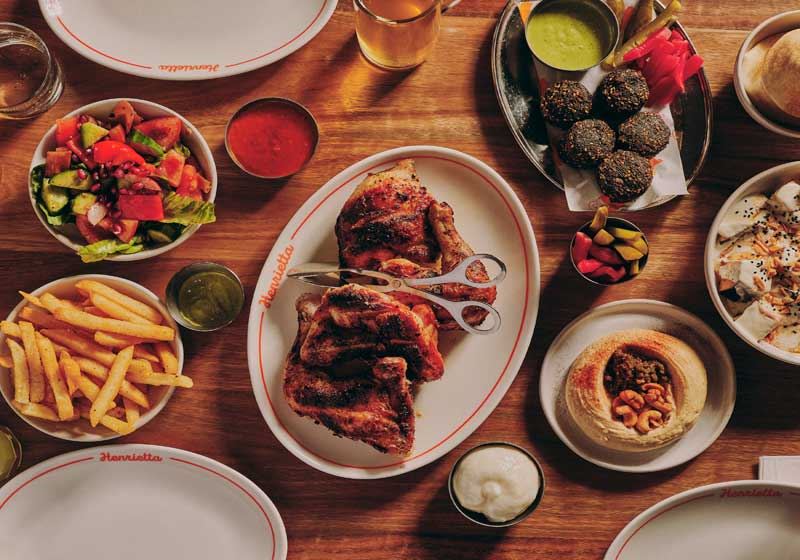In Australia’s diverse culinary landscape, Thai cuisine has long held a special place, beloved for its bold flavours, aromatic herbs and complex balance of sweet, sour, salty and spicy notes.
However, not all Thai cuisine served in Australia is created equal. A growing distinction is emerging between what many refer to as ‘Royal Thai’ cuisine and the more commonly found regional or ‘normal’ Thai food.
Understanding these differences reveals the depth and richness of Thailand’s food heritage and elevates the appreciation of Thai dining experiences across the country.
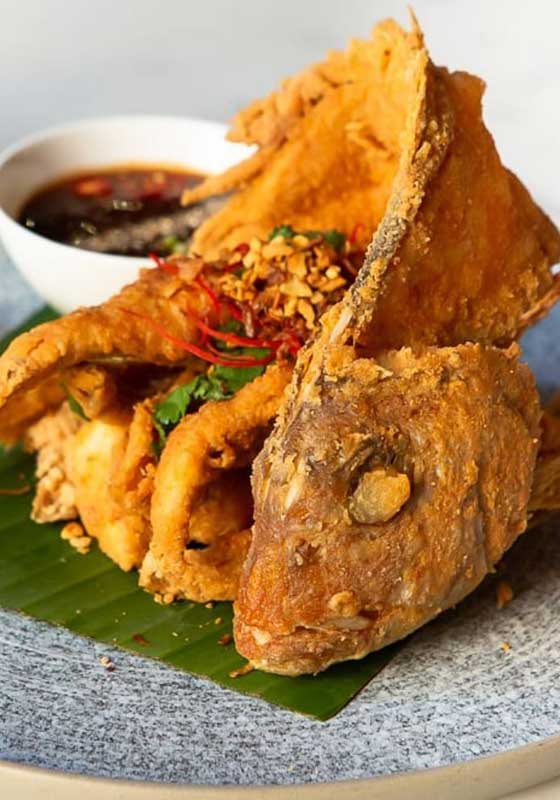
Royal Thai Cuisine: Refined, Elegant, and Regal
Royal Thai cuisine, known in Thailand as ‘A-harn Chao Wang’ (literally, ‘food of the palace’), is the culinary tradition that was historically prepared for the royal family and nobility in the courts of the Chakri dynasty, which continues to reign today.
It is a style that prioritises refinement, presentation and sophistication. In Australia, Royal Thai is less commonly encountered, but a few dedicated restaurants and Chefs are striving to honour these traditions with accuracy and care.
The hallmark of Royal Thai cuisine is meticulous attention to detail. Ingredients are finely sliced, carved or moulded for visual beauty. Flavours are balanced with subtlety rather than punch.
Presentation often resembles an art form - dishes are served with carved vegetables, intricate garnishes and graceful plating. Even the cooking techniques are refined; meats are often deboned, broths are strained multiple times and only the freshest, highest-quality ingredients are used.
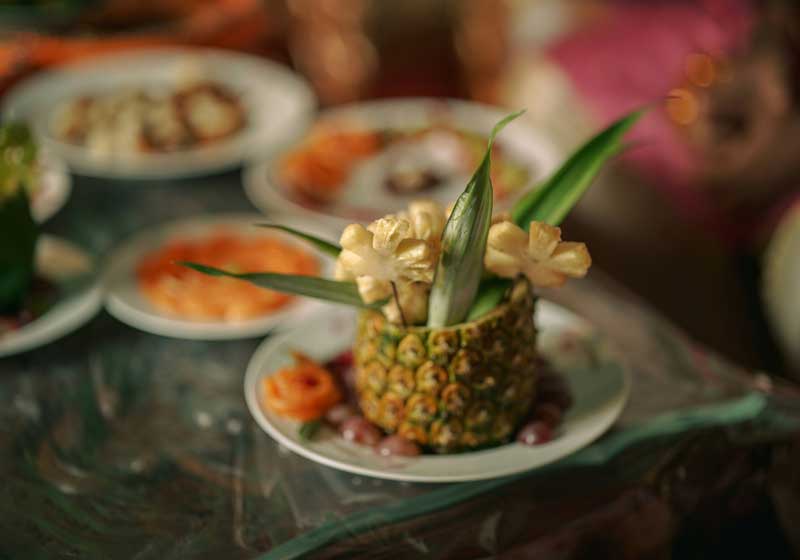
Another characteristic is the influence of ancient recipes passed down from palace kitchens. Royal Thai dishes often include elements not commonly found in everyday Thai food, such as flower-scented waters, rare herbs and decorative touches like gold leaf or jasmine blossoms.
Meals are served in multiple small courses, designed to be eaten slowly and with etiquette. A Royal Thai meal is as much about aesthetics and ceremony as it is about flavour.
Regional and Everyday Thai Cuisine: Bold, Rustic and Diverse
In contrast, what Australians typically encounter as ‘normal’ Thai food reflects the rustic, bold and diverse flavours of Thailand’s regions - particularly the street food and home-style cooking from Central, Northern, Northeastern (Isaan) and Southern Thailand.
This style is dynamic, full of punchy heat, fermented elements and an enthusiastic use of garlic, fish sauce and chilli.
Dishes such as pad Thai, green curry, tom yum goong and massaman beef curry are staples on Australian Thai menus and originate from this broader category of Thai cooking. They are usually served in generous portions, with vibrant herbs like Thai basil and coriander and rich sauces that coat rice or noodles. While presentation still matters, it is more casual and approachable compared to Royal Thai cuisine.
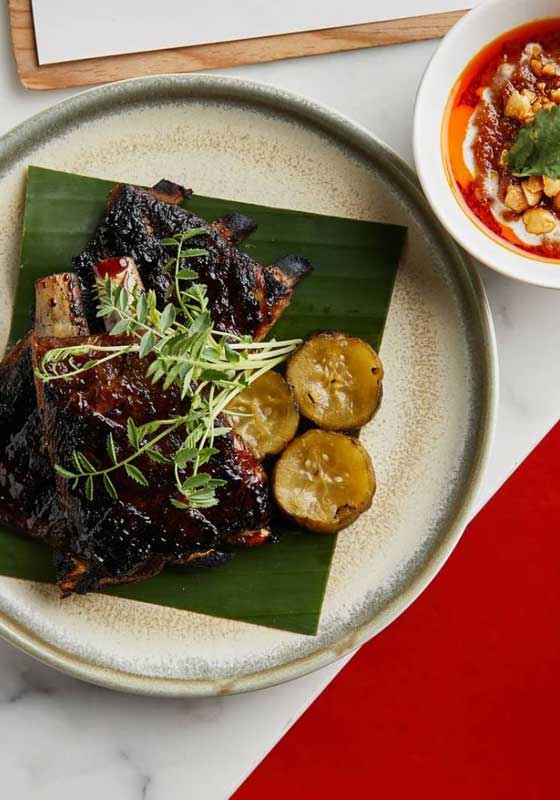
These regional dishes often carry a strong identity from their place of origin. For example, Isaan food is known for its fiery chilli and sticky rice, while Southern Thai dishes may feature turmeric and coconut milk. This variety contributes to Thai cuisine’s widespread popularity in Australia, offering both comfort and adventure on the plate.
Cultural Differences and Australian Adaptation
An additional difference lies in how these two types of cuisine have been adapted for the Australian palate. Everyday Thai food has evolved in Australia to meet local expectations, often reducing spice levels, increasing sweetness, or fusing with Western ingredients. Royal Thai cuisine, on the other hand, tends to stay truer to its roots due to its ceremonial nature and the specialised knowledge required to prepare it.
Royal Thai restaurants in Australia often focus on authenticity and exclusivity, offering curated menus, traditional décor and a more formal dining experience. Meanwhile, casual Thai eateries are more common and cater to quick, affordable meals that still deliver big on flavour.
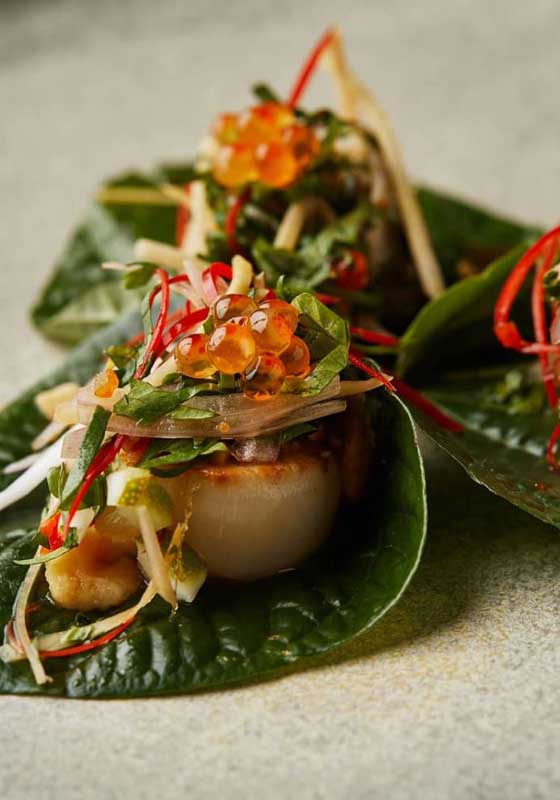
Thailand’s Rich Culinary Legacy
While both Royal Thai and everyday Thai cuisine share a foundation of balance and vibrant flavour, they differ dramatically in philosophy, technique and presentation.
Royal Thai is refined and ceremonious, suited to special occasions and cultural appreciation. Normal Thai is robust, regional and ever-popular with Australian diners seeking comfort and spice.
Together, they reflect the full spectrum of Thailand’s rich culinary legacy and Australia is fortunate to enjoy both ends of that delicious spectrum.



